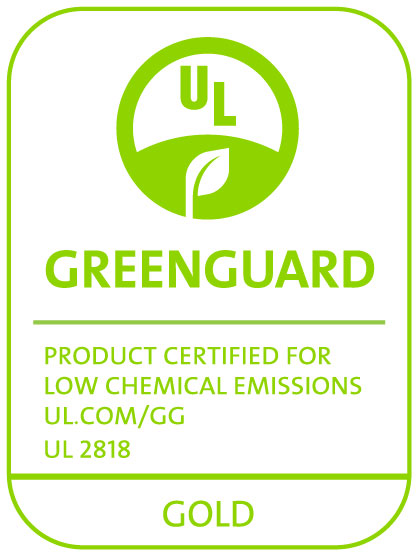Introduction
In the realm of HVAC (Heating, Ventilation, and Air Conditioning) systems, insulation plays a vital role in achieving efficiency and sustainability. This analysis compares various insulation materials used in HVAC applications, with a focus on Aeroflex® brand of EPDM closed-cell elastomeric insulation from Aeroflex USA.
Decoding Aeroflex EPDM Insulation
AEROFLEX® insulation consists of a nonpolar compound called EPDM (Ethylene Propylene Diene Monomer) for its molecular structure. This design offers resistance to moisture and environmental stressors.
EPDM’s nonpolar nature ensures stability when exposed to moisture, aiding in condensation control. Aeroflex EPDM™ insulation’s unique resistance to moisture sets it apart from polar counterparts like NBR/PVC (Nitrile Butadiene Rubber/Polyvinyl Chloride).
Closed-Cell Architecture and Vapor Retarder
Aeroflex EPDM insulation’s closed-cell structure with built-in vapor retarder eliminates the need for additional jackets in most cases. This simplifies installation and reduces complexity and cost.
Thermal Performance and Endurance
Aeroflex EPDM insulation has low thermal conductivity (k-value) ranging from 0.23 to 0.25 BTU in/ft² hr.°F at a mean temperature of 32°F to 75°F. Its closed-cell composition prevents moisture wicking, ensuring sustained thermal insulating effectiveness.
UV Resistance and Durability
Aeroflex EPDM insulation exhibits superior UV resistance compared to NBR/PVC options. This makes it suitable for both interior and exterior applications, with additional UV and mechanical protection recommended for exterior use.
Versatility in Applications
Aeroflex EPDM insulation comes in various sizes and thicknesses, adapting to pipes, pumps, flanges, valves, ductwork, tanks, and vessels. Its operating temperature range from -297°F to 257°F makes it versatile for different heating and cooling scenarios.
Fire Performance and Safety
Aeroflex EPDM insulation meets international fire standards, including ASTM E84, UL 723, CAN/ULC-S102 (25/50), and ASTM D635 (self-extinguishing). This ensures compliance with building codes, project specifications, and safety regulations.
Comparative Analysis
Aeroflex EPDM insulation stands out in various aspects:
- Nonpolar Nature: EPDM’s nonpolarity enhances stability, moisture resistance, and longevity.
- Condensation Control: Hydrophobic nature manages condensation, reducing moisture-related challenges.
- Thermal Performance: Closed-cell structure and low thermal conductivity lead to reliable thermal performance.
- UV Resistance: Superior UV resistance suits interior and exterior applications.
- Fire Safety: Adherence to fire standards ensures system safety.
- Versatile Applications: Various sizes and temperatures enable flexibility in different scenarios.
Conclusion
In the complex field of HVAC line insulation, material choice significantly impacts system performance and longevity. Aeroflex EPDM insulation, with its innovative formulation, nonpolar attributes, and various benefits, offers an efficient solution. Its condensation control, thermal stability, UV resistance, and fire safety make it a practical choice for HVAC projects.











